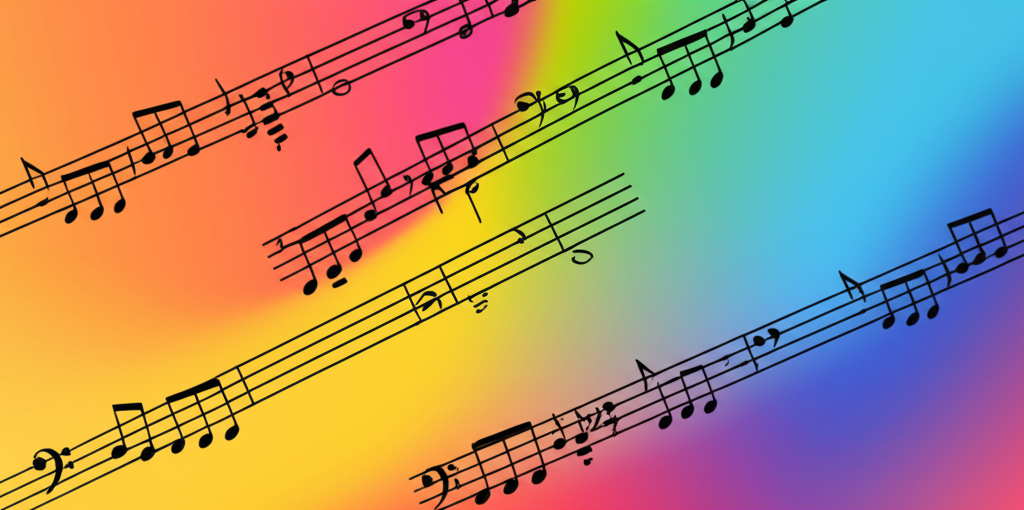Scale Patterns: The Musician's Key to Fluency and Creativity
Summary:
Scale patterns are structured exercises that transform rote scale practice into a powerful tool for developing technique, deepening musical understanding, and unlocking improvisational freedom. This guide provides a step-by-step approach to mastering various scale patterns, complete with musical examples, from fundamental thirds and arpeggios to complex sequential and intervallic exercises.
Keywords:
scale patterns, practice techniques, musical exercises, technical development, melodic patterns, scalar sequences, arpeggios, music theory, improvisation, finger dexterity
Introduction: Beyond Rote Repetition
Every musician is told to "practice your scales." But simply running up and down a scale, while foundational, only scratches the surface of its potential. The real magic happens when you practice scales in patterns. Scale patterns are systematic sequences that break up the monotony of linear practice. They are the bridge between mechanical skill and true musical expression, embedding harmonic knowledge into your fingers and ears, and building a rich vocabulary for composition and improvisation.
Why Practice Scale Patterns?
Integrating patterns into your routine offers three core benefits:
- Technical Mastery: Patterns challenge your finger independence, speed, and accuracy far more than simple scales, addressing common issues like unevenness and rhythmic insecurity.
- Harmonic Insight: By playing the scale in intervals and arpeggios, you begin to hear and feel the underlying harmony. You're not just playing notes; you're outlining chords and voice leading.
- Improvisational Vocabulary: Melodies are rarely just scales played straight. They are sequences, arpeggios, and intervallic leaps. Practicing patterns gives you a library of melodic ideas to draw from spontaneously.
Pattern 1: The Foundation - Diatonic Thirds
One of the most essential patterns is playing a scale in diatonic thirds. This pattern involves playing the first note, then the third, then moving up to the second note and playing its third, and so on. It's excellent for developing finger coordination and internalizing the sound of the scale's inherent harmony.
Here is a C Major scale played in ascending diatonic thirds:

Pattern 2: Building Blocks of Harmony - Arpeggios
Arpeggios are the notes of a chord played one after another. Practicing arpeggios within a scale (e.g., the triad built on each scale degree) is one of the most direct ways to connect your scale knowledge to harmony. This exercise builds the muscle memory needed to outline chord changes during improvisation.
This example shows triads built on each degree of the C Major scale, played as ascending arpeggios.
Pattern 3: Increasing Agility - Sequential Groups
Now we move into true sequences. A very common and useful pattern involves playing small groups of notes, with each group starting on the next scale degree. Groups of four are particularly effective for building fluid technique and are a staple of classical and jazz vocabulary.
The pattern is: 1-2-3-4, 2-3-4-5, 3-4-5-6, and so on. Here it is in C Major using sixteenth notes to emphasize the fluidity.

Pattern 4: Advanced Leaps - Intervallic Patterns
To truly master the fretboard or keyboard, you must be comfortable with larger leaps. Practicing scales in diatonic fourths, fifths, or even sixths can be challenging but immensely rewarding. These patterns develop your ear for wider intervals and give your melodies a more modern, angular sound.
Here is the C Major scale practiced in ascending diatonic fourths:

Putting It All Together: Rhythmic Variation
Once you are comfortable with a pattern, the next step is to vary the rhythm. Don't just play everything as straight eighth or sixteenth notes. Try playing them with a swing feel, in triplets, or with dotted rhythms (long-short-long-short) . This practice directly translates to more rhythmically interesting solos and melodies.
Actionable Tip: Take one pattern (e.g., diatonic thirds) and practice it in three different ways this week:
- As even eighth notes.
- As eighth-note triplets.
- With a swing rhythm (where the first eighth note is longer than the second).
Conclusion: From Exercise to Expression
Scale patterns are your path from being a technician to becoming an artist. They are the essential link between knowing a scale and using it musically. By consistently and mindfully practicing these patterns, you are not just training your fingers; you are training your mind and ears to recognize, create, and express musical ideas with fluency and confidence. Start with one pattern, master it in all keys, and then add another. Your future musical self will thank you.
